Microsoft Teams is a leading communication platform that enables seamless collaboration across teams. However, some users may experience issues where Teams doesn't open or crashes upon launch. If you're encountering this problem, there are several solutions you can try to get Teams up and running again.
Method 1: Reinstall Microsoft Teams
Reinstalling Microsoft Teams can resolve issues stemming from corrupted files or incomplete installations.
Step 1: Click the Windows icon and select the Settings gear icon from the Start Menu.
Step 2: In the Settings window, click on the Apps tab in the left sidebar.
Step 3: Choose Apps & features from the options on the right.
Step 4: Scroll through the list or use the search bar to find Microsoft Teams.
Step 5: Click the three vertical dots beside Microsoft Teams and select Uninstall.
Step 6: Confirm the uninstallation by clicking Uninstall again in the pop-up window.
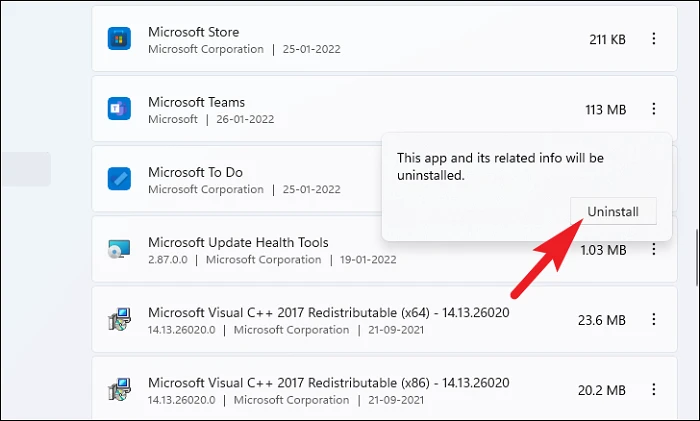
Step 7: Restart your computer to ensure all components are completely removed.
Step 8: After rebooting, open your preferred web browser and navigate to www.microsoft.com/microsoft-teams/download.
Step 9: Click on Download for desktop and select the version suitable for your needs (regular, education, or organization).
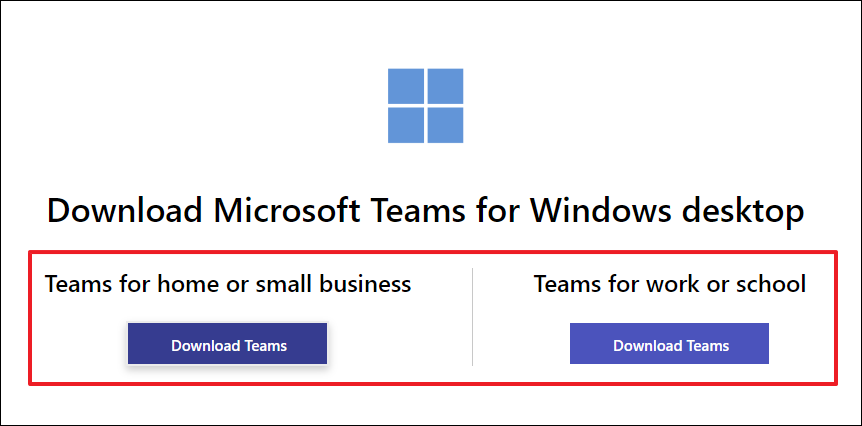
Step 10: Once the download completes, open your downloads folder and double-click the .EXE file to start the installation.

Step 11: Follow the on-screen instructions by clicking Install to complete the setup.

After reinstalling, launch Microsoft Teams to see if the issue has been resolved.
Method 2: Clear Microsoft Teams local cache
Clearing the Teams cache can fix issues caused by corrupted cache files.
Step 1: Ensure Microsoft Teams is completely closed. Right-click the Teams icon in the system tray and select Quit if it's running.
Step 2: Press Windows + R to open the Run dialog box.
Step 3: Type %appdata%\Microsoft\Teams and press Enter to open the Teams cache folder.
%appdata%\Microsoft\Teams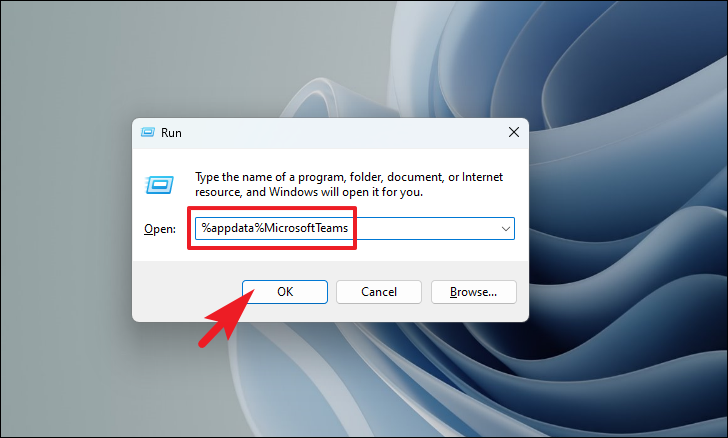
Step 4: Press Ctrl + A to select all files and folders in the directory.
Step 5: Press Shift + Delete to permanently delete all selected items.
Note: This action cannot be undone, and it ensures all cache files are completely removed.

A confirmation prompt will appear. Click Delete to confirm the deletion.
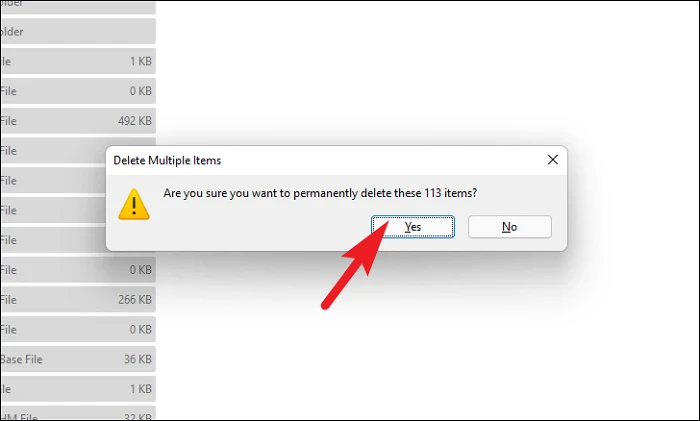
Reopen Microsoft Teams to check if the problem is resolved.
Method 3: Repair or reset Teams through Settings
Repairing or resetting the Teams app can fix issues related to app files.
Step 1: Open the Settings app by pressing Windows + I or clicking the gear icon in the Start Menu.
Step 2: Click on Apps in the left sidebar.
Step 3: Select Apps & features from the right pane.
Step 4: Find Microsoft Teams in the list of apps.
Step 5: Click the three vertical dots next to Teams and choose Advanced options.
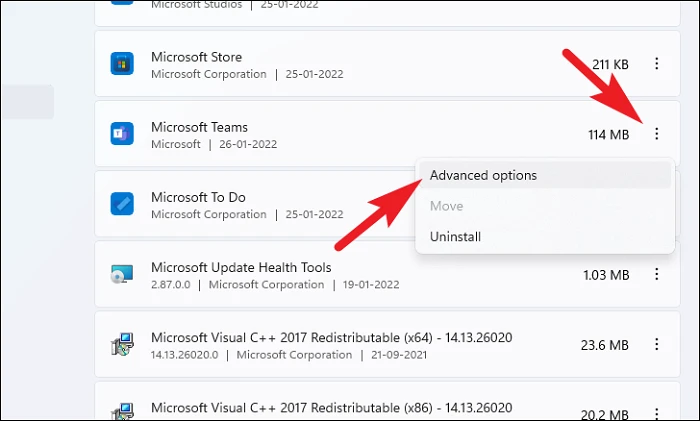
Step 6: Scroll down to the Reset section and click Repair. Windows will attempt to fix the app without affecting your data.
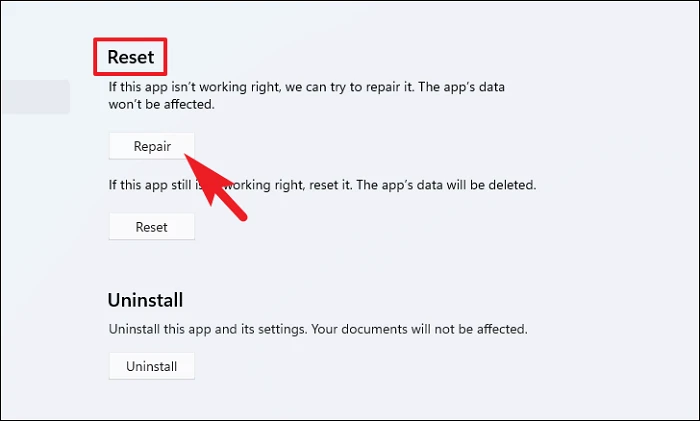
Once the repair is complete, a checkmark will appear next to the Repair button.

Step 7: If repairing doesn't fix the issue, click on Reset. Confirm by clicking Reset in the prompt that appears.
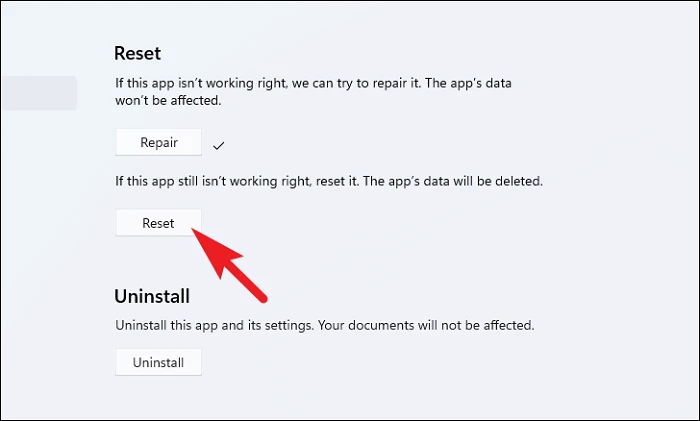
Note: Resetting will delete the app's data, including your sign-in details, and restore the app to its default settings.
After resetting, launch Teams and sign in to see if the issue is resolved.
Method 4: Run the app troubleshooter
Using the built-in Windows troubleshooter can identify and fix problems with Microsoft Store apps, including Teams.
Step 1: Open the Settings app by pressing Windows + I.
Step 2: Click on System in the left sidebar.
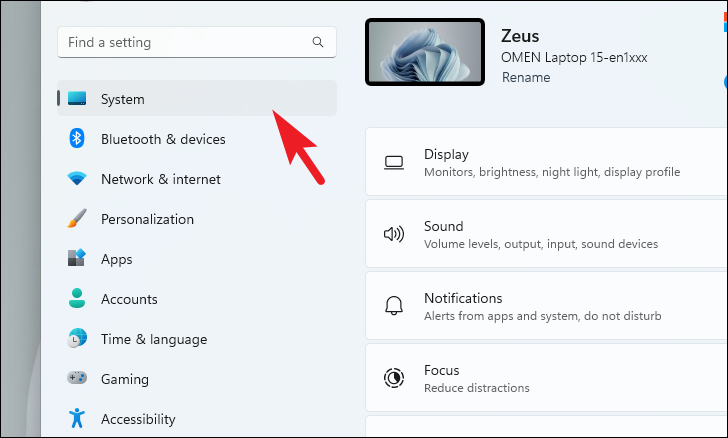
Step 3: Select Troubleshoot from the options on the right.

Step 4: Click on Other troubleshooters.

Step 5: Find Microsoft Store Apps and click Run next to it.
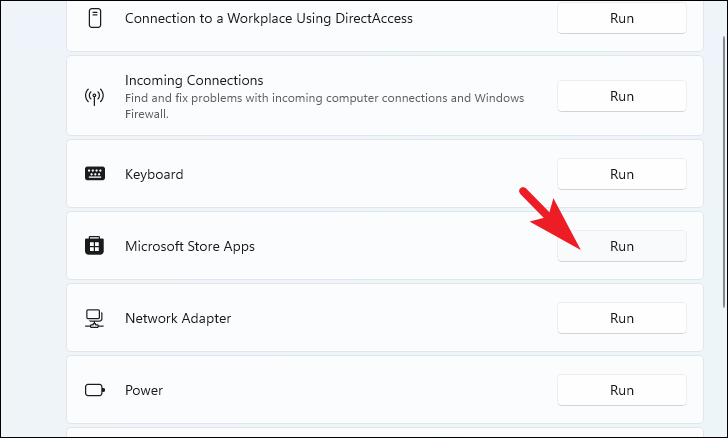
Follow the on-screen instructions to complete the troubleshooting process. If any issues are found, the troubleshooter will suggest fixes.
After the troubleshooter finishes, try opening Microsoft Teams again.
Method 5: Run SFC and DISM scans
Running System File Checker (SFC) and Deployment Image Servicing and Management (DISM) scans can repair corrupted system files that might be affecting Teams.
Step 1: Press the Windows key, type Terminal, right-click on it, and select Run as administrator.
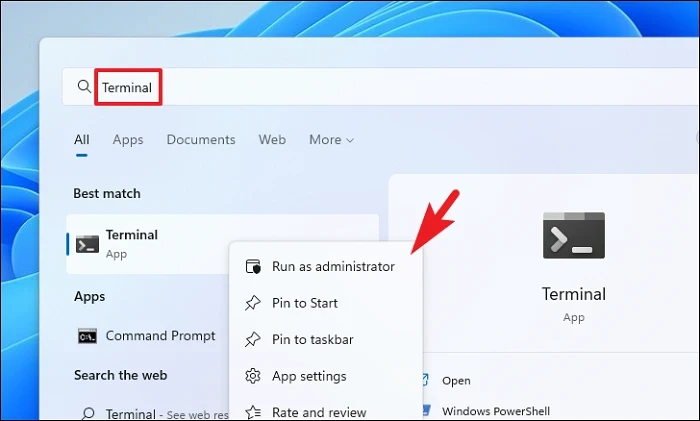
Step 2: If prompted by User Account Control, click Yes to allow administrative access.
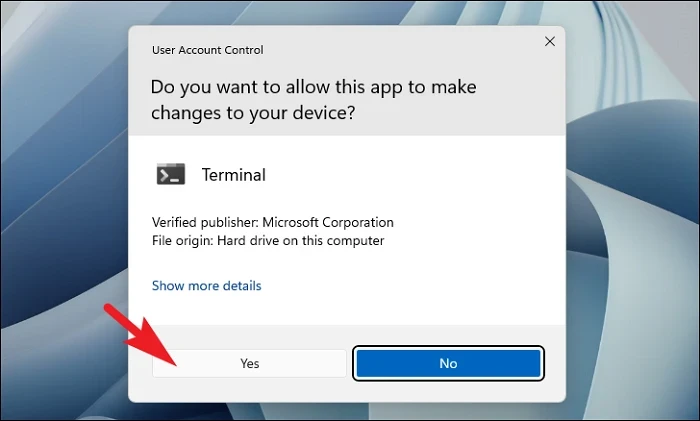
Step 3: In the Terminal window, click the downward arrow icon and select Command Prompt to open it with administrative privileges.

Step 4: Type the following command and press Enter to run the DISM scan:
DISM /Online /Cleanup-Image /RestoreHealth
This process may take some time to complete.
Step 5: After the DISM scan, type the following command and press Enter to run the SFC scan:
SFC /scannow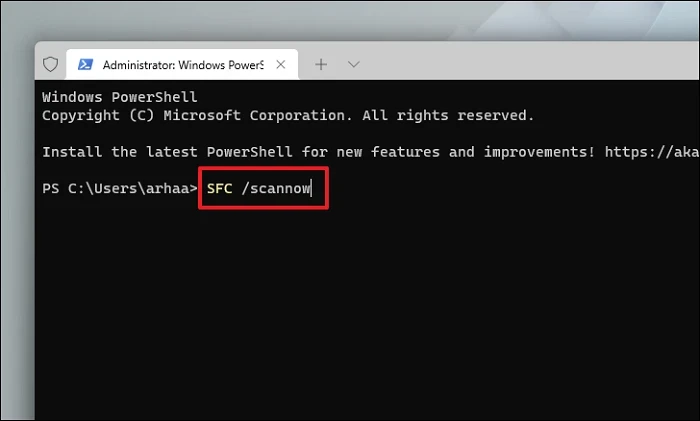
Wait for the verification to reach 100%. Once completed, restart your computer and try launching Teams.
Method 6: Check Microsoft Teams service status
Occasionally, Teams may not open due to server outages on Microsoft's end.
Step 1: Open your web browser and visit portal.office.com/servicestatus.
Step 2: Look for Teams in the list of services.
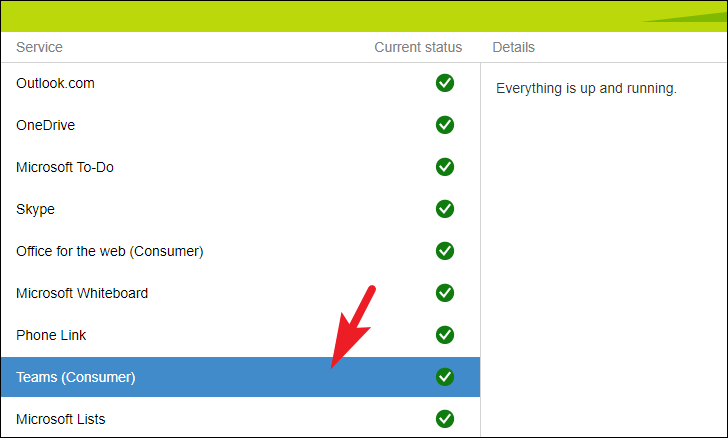
If there's a green checkmark next to Teams, the service is operational. If not, the issue may be on Microsoft's side, and you'll need to wait until it's resolved.
Method 7: Restore your PC using a system image backup
If the problem started recently and you have a system image backup from when Teams was functioning correctly, restoring your PC can resolve the issue.
Note: Restoring from a system image will remove any apps and data added after the backup was created. Ensure you back up important files before proceeding.
Step 1: Open the Settings app.
Step 2: Click on System in the left sidebar.

Step 3: Select Recovery from the right pane.

Step 4: Under Advanced startup, click Restart now. Your PC will restart.

Step 5: After restarting, select Troubleshoot from the options.
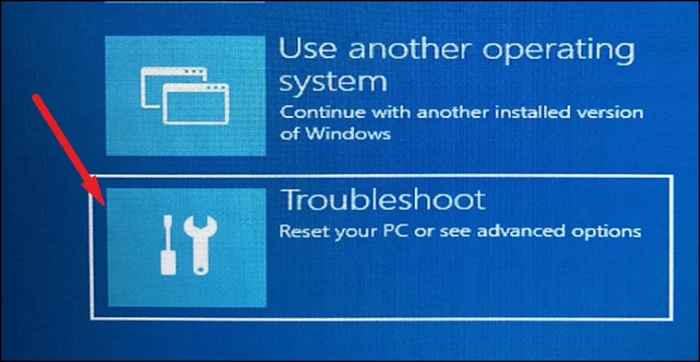
Step 6: Choose Advanced options.

Step 7: Click on System Image Recovery.
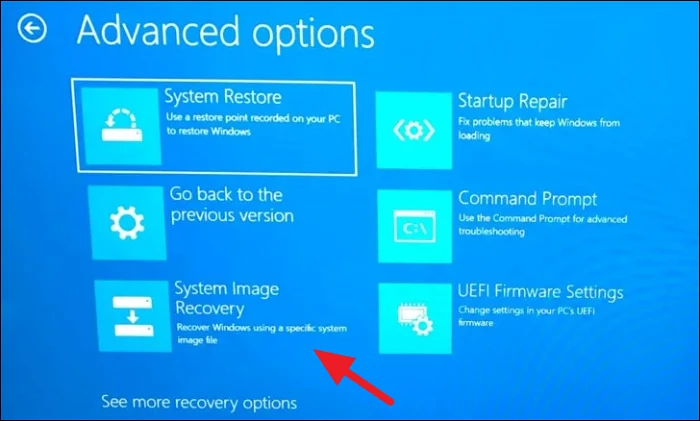
Step 8: Select your user account and enter your password if prompted.
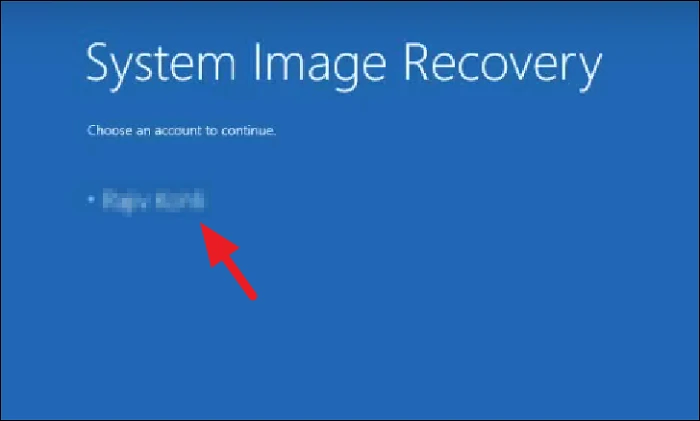
Step 9: Choose Use the latest available system image and click Next.
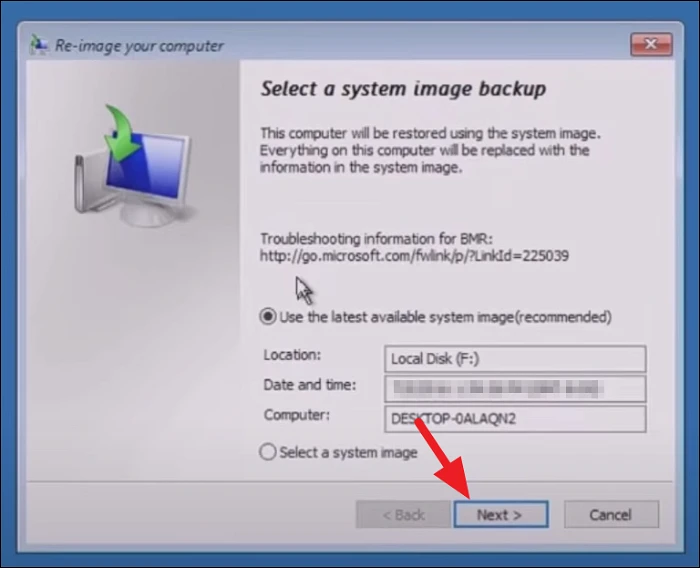
Step 10: Follow the on-screen instructions to proceed with the restoration.
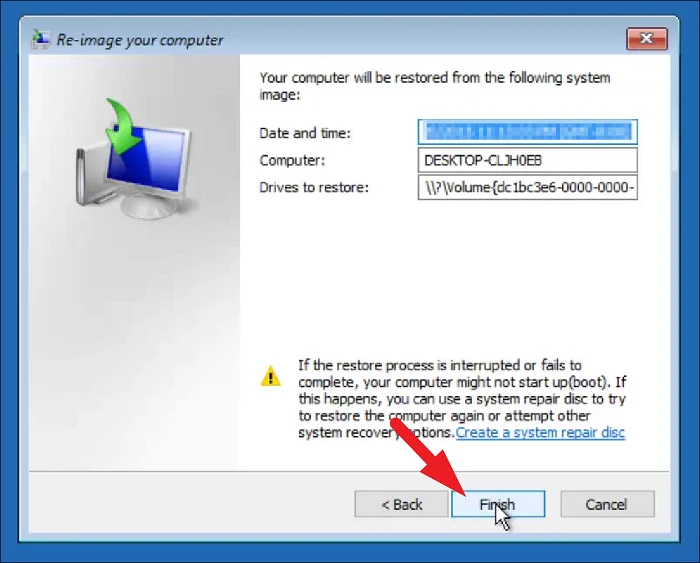
Once the process is complete, your system will be restored to the state it was in when the backup was made. Open Teams to see if the issue has been resolved.
By following these methods, you should be able to resolve the issue of Microsoft Teams not opening on your Windows 11 PC.


